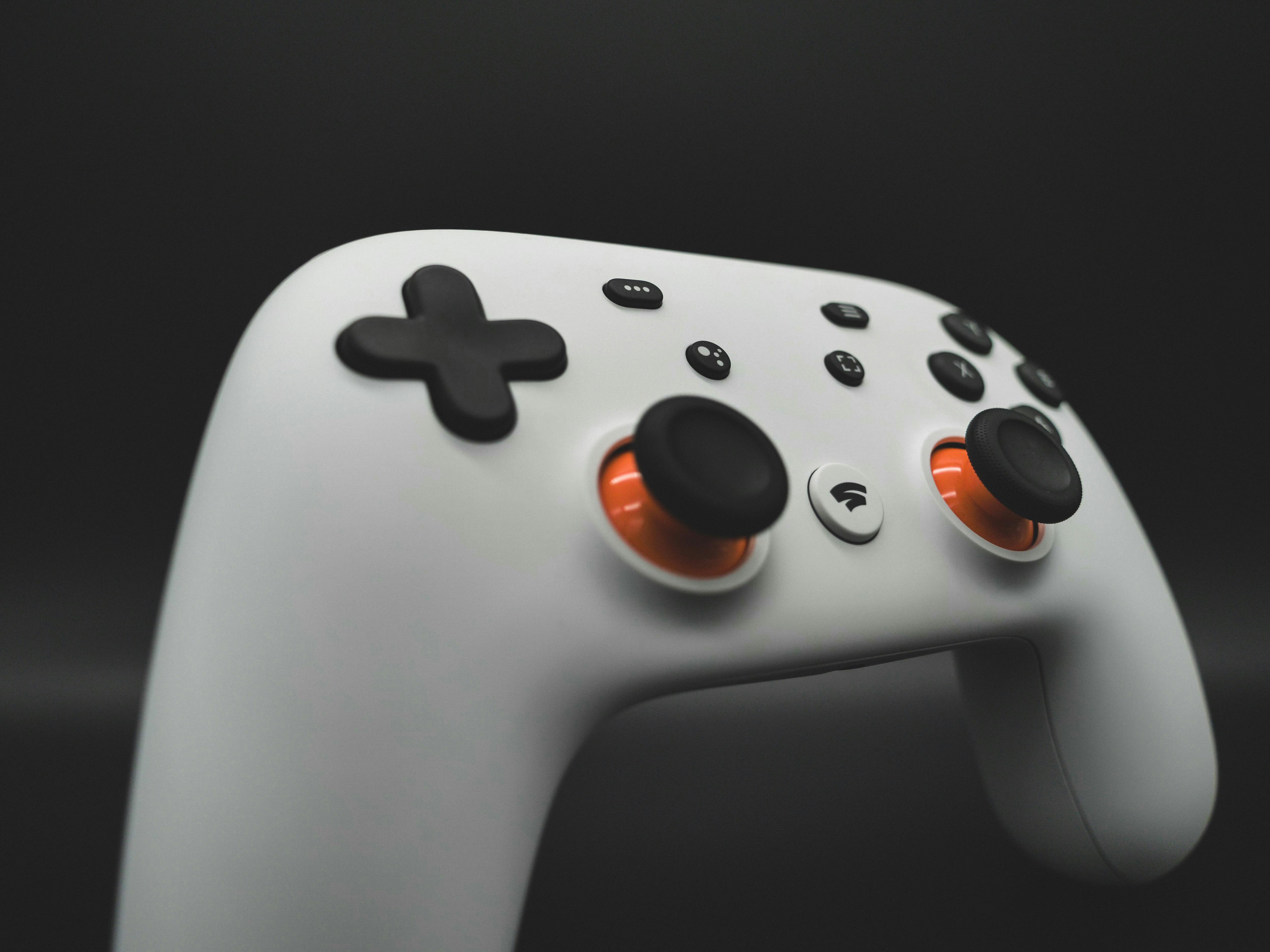
Kitesurf Equipment Maintenance – Board Inspection
Kitesurfers can ride anything while being towed by their kite, from kiteboards, wakeboards, surfboards, and skimboards on the water, to skis or snowboards on the snow, or even skateboards, mountain ATVs, or buggies. all over the country. That is one of the best parts of kitesurfing. Many kiters have numerous boards to choose from depending on the type of riding they plan to do, and while it’s tempting to just grab one and go, it’s important to check the condition of the board before you ride to avoid equipment failure while you’re away. in the water or two miles away from where you are in chest deep powder.
Kitesurf boards are sturdy and unlikely to break over the course of their lifespan, but there are a few elements of any board that should be inspected before riding. Here is a pre-trip checklist for kiteboards and some repair tips for common damage.
- For boards with fins, make sure all fin bolts are tight before mounting. Over time, the wing bolts can loosen. While it’s not the end of the world if you lose a fin while riding, it can make the board more difficult to ride and is expensive to replace. It only takes a second to tighten the wing bolts before mounting.
- Check that the bindings or foot straps are also tight. As with the end screws, these can loosen over time. If a foot strap or binding comes loose while riding, they can easily cause knee or ankle injuries and it will be very difficult to get back on the bike otherwise.
- A good technique to prevent the fin and footstrap bolts from loosening is to tighten the bolts when you install them on the plate.
To prevent screws from loosening, Lock-tight is a mild adhesive that will hold the screw firmly, but will not permanently secure it if you ever want to remove the screw again.
- Check for dash damage. While damage to the edges and base does not affect the performance of kiteboards or wakeboards as much as skis or snowboards, dents in the rails or indentations in the base that expose the core of the board can cause water damage that will ruin the board and must be fixed before riding.
It is relatively easy to repair damaged kitesurf boards by filling or sealing the damaged areas with p-tex plastic or epoxy. To fix a gouge on the underside of the board, sand the area in and around the damage, clean with alcohol and apply P-tex. P-tex usually comes in stick form and is applied by lighting the end of the stick and dropping the melted plastic onto the damaged area. Lightly fill in the damaged area, allow the P-tex to dry and scrape off the excess with a hard plastic scraper.
Damage to the edges or rails of a kiteboard should be sealed with epoxy. The damaged area should first be cleaned of broken board pieces and dirt, and the entire area sanded. If the impact that caused the damage also separated the top and bottom of the board, you will also need a clamp to retighten the board after applying the epoxy. Apply the epoxy, forcing as much as possible into the damaged area, re-attaching the board if necessary. Then smooth the excess epoxy along and around the edge of the board. This can be done using plastic wrap, a soft plastic card, or your gloved finger. It’s not entirely necessary to perfectly reshape the edge of the board, like you do with skis or snowboards. The edge just needs to be sealed to keep out water and keep the board together.
Super glue, surfboard wax or ski and snowboard wax can also be used to temporarily seal damaged areas on kitesurf boards if you have to use the board and don’t have time to fix it, but it will last a short time and can be difficult to fix. clean before making a proper repair.